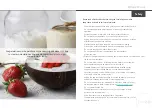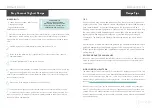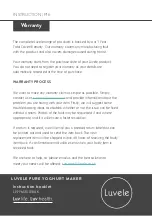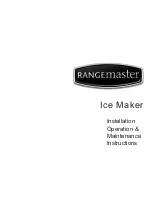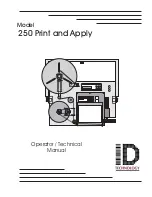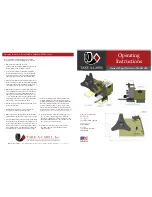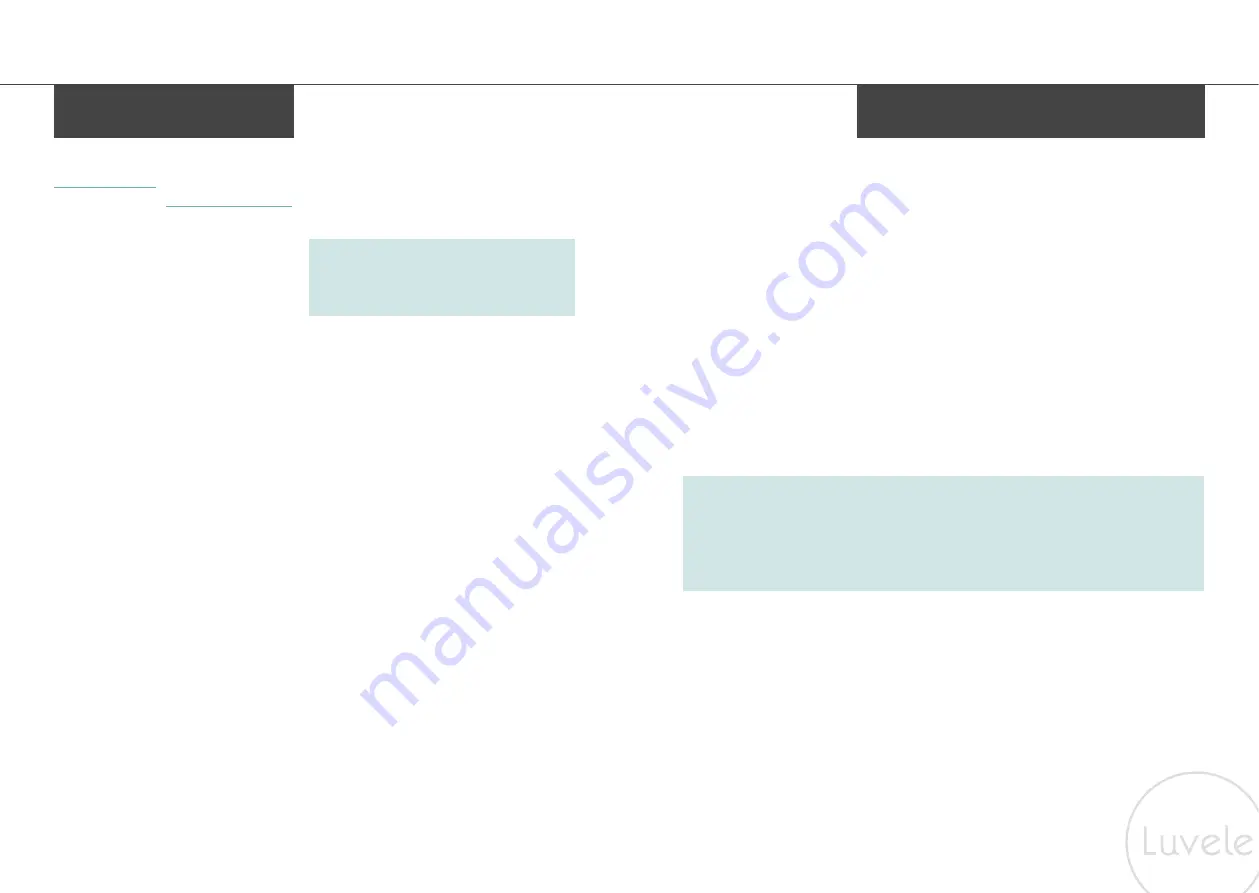
INSTRUCTION | P11
INSTRUCTION | P10
Basic Yoghurt Recipe
For many more amazing yoghurt recipes please visit our recipe blog at
www.luvele.co.uk
. We also have recipe eBooks available for download.
You can email us at
for more recipe info.
INGREDIENTS:
• 2 litres full cream milk
• 125ml natural yoghurt (Starter)
• 75g full cream milk powder
(optional)
1
Heat the milk to just below boiling point 80-85°C | 175-185°F, then allow to cool to 40°C.
Use a sterilised kitchen thermometer to monitor temperature of milk when heating and
cooling.
2
When milk reaches 40°C | 100°F, stir in yoghurt starter and milk powder until combined.
Do not aerate.
3
Pour yoghurt mixture into the yoghurt container and press down firmly on the container lid.
Also press the vacuum button shut to create an airtight seal. Place the yoghurt container
into the yoghurt maker base, then add water to base, making sure not to fill above the ‘Tall Line
Indicator’ and then cover with outer yoghurt maker lid.
4
Select the desired temperature and time using the digital control panel. You can
experiment with incubation time to get the consistency you desire. However, you should
not have to go over an 8-10 hour incubation time.
5
When the yoghurt maker has completed incubation time, remove the outer lid and yoghurt
container. Then remove the container lid and check the texture of the yoghurt. Do not stir
the yoghurt. If set to desired thickness switch yoghurt maker off at power outlet and unplug.
Replace the yoghurt container lid and place into refrigerator for 8 hours.
6
Leave enough of the yoghurt you have made to use as a starter when making your next
yoghurt mix. Consume yoghurt within 4-5 days.
!
PLEASE NOTE:
Store bought powder starters can
be used instead of yoghurt
It is said that SCD yoghurt can assist is correcting the balance of bacteria types in the gut.
There has been much written about the benefits of adding SCD yoghurt to your diet.
Introducing SCD yoghurt to your diet can aid in correcting the balance of bacteria types in
the gut by eliminating the food supply of the undesirable types of bacteria and so starves
them out. This process then repopulates the gut with beneficial bacteria which further
displaces the harmful bacteria. SCD yoghurt is also very nutritious and contains proteins,
vitamins, minerals, amino acids, fats, and much more.
MAKING SCD YOGHURT
1
Heat the milk to just below boiling point 80-85°C | 175-185°F, then cool to 40°C. Use a
sterilised kitchen thermometer to monitor temperature.
2
Once cooled to 40°C | 100°F, stir in your yoghurt starter until combined. Use ¼ cup of
yoghurt starter per litre of milk, do not aerate. It is recommended not to use milk powder
when making SCD yoghurt.
3
Pour yoghurt mixture into the yoghurt container and press down firmly on the container
lid, also press the vacuum button shut to create an airtight seal. Place the yoghurt container
into the yoghurt maker base, then add water to base, making sure not to fill above the ‘Tall Line
Indicator’ and then cover with outer yoghurt maker lid.
4
Set the digital timer to incubate for 24 hours and the temperature to 38°C, then press
confirm. Do not move yoghurt maker during this time.
5
Unplug the yoghurt maker and remove the container. Place the yoghurt container into the
refrigerator and chill for 8 hours. The SCD yoghurt is ready to consume after
8 hours of refrigeration.
PLEASE NOTE:
If store bought yoghurt is used as a starter, the yoghurt can contain
Lactobacillus Acidophilus, Streptococcus Thermophilus, and Lactobacillus
Bulgaricus. It should not contain gums, sugars, additives, or flavours of any kind.
The yoghurt must contain active live culture.
Read More on Page 13.
!
SCD Yoghurt | GAPS diet friendly


